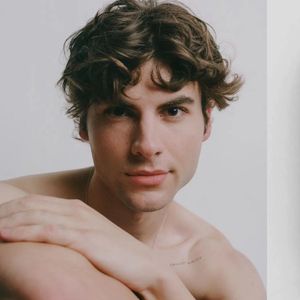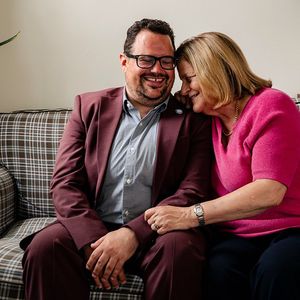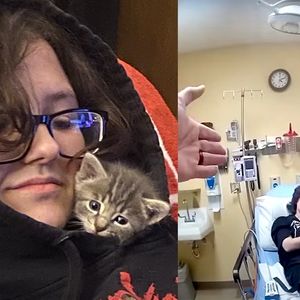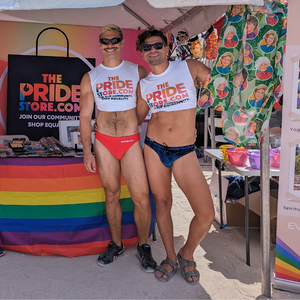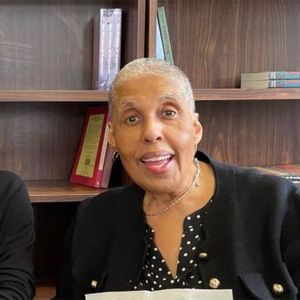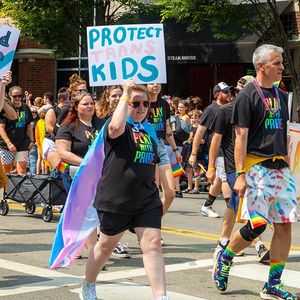Hopes for a truly effective HIV vaccine were mostly the stuff of dreams in 2000, the last time Durban, South Africa, hosted the biennial meeting of the International AIDS Society. The global HIV Vaccine Trials Network, based at Fred Hutchinson Cancer Research Center and led by virologist and former Fred Hutch President and Director Dr. Larry Corey, was just being organized. No vaccine clinical trials were underway in South Africa, whose president at the time denied that HIV even caused AIDS.
Sixteen years later, things have changed.
When Corey took the stage last week before fellow scientists, advocates, policymakers, and people living with HIV attending AIDS 2016, the world’s largest global health conference, his message was upbeat.
“The HIV vaccine field,” he said, “is open for business.”
The HVTN, working with its sister network, the HIV Prevention Trials Network, or HPTN, based in Durham, North Carolina, has just begun what is already being called a landmark study to test an experimental, so-called broadly neutralizing antibody that could potentially protect people from infection by almost all strains of the rapidly mutating virus that causes AIDS. Called the AMP study, it will enroll 1,500 sexually active women at 15 sites in southern Africa. A parallel study will enroll 2,700 men and transgender people who have sex with men at 24 sites in the U.S. and South America.
The HVTN will roll out a second large-scale trial in South Africa in November with 5,400 HIV-negative men and women, the first such trial to be in the field in a decade and one that could lead to the first licensed vaccine against HIV.
And on Wednesday, Corey said that the HVTN could add a third clinical trial of a vaccine being developed by Janssen, a research division of Johnson & Johnson, in partnership with Beth Israel Deaconess Medical Center/Harvard Medical School, the International AIDS Vaccine Initiative, the National Institute of Allergy and Infectious Diseases, the Ragon Institute of Massachusetts General Hospital and the U.S. Military HIV Research Program. Initial results of a smaller trial will be available later this year, and “If they look good, a [large-scale] trial will be undertaken,” Corey said.
The three trials would represent three distinct approaches to an HIV vaccine — a testament to how challenging it has been to develop a vaccine against a virus that mutates so rapidly even within a single person that antibodies can’t keep up with the changes and against which no one has ever developed a natural immunity.
As difficult as the road has been so far, what for Corey has never waned is the conviction that a vaccine is needed.
The AIDS 2016 conference has been a catalyst for Corey and others to take stock of what has changed — and what hasn’t — since the last time HIV researchers and advocates met in Durban.
During an earlier conference address, infectious disease epidemiologist Dr. Steffanie A. Strathdee of the University of California, San Diego, laid out the numbers.
Before the 2000 conference, no one believed that the life-saving antiretroviral drugs that had transformed HIV from a death sentence to a manageable disease would work in poor countries. Today, South Africa, which has the highest HIV rates in the world, also runs the largest HIV treatment program in the world, with 3.4 million people receiving treatment. Mother-to-child transmission of HIV at birth or through breast-feeding had been close to 30 percent, or 70,000 babies infected annually. Now it has dropped to about 1.5 percent, or fewer than 6,000 infants a year. Life expectancy has increased an astonishing 10 percent in five years, from 57.1 to 62.9 years.
That’s the good news.
But only half of the estimated 6.3 million South Africans with HIV are on treatment. And of the 36.7 million people living with HIV worldwide, just 17 million are on antiretroviral drugs. Almost 2 million people a year are newly infected.
Sub-Saharan Africa shoulders two-thirds of the global HIV burden, and for both biological and socioeconomic reasons, a larger part of that burden falls on young women. Every week, 2,400 adolescent girls and young women between the ages of 15 and 24 are infected with HIV, usually via sexual transmission by older male partners.
“The lesson here is clear,” said Strathdee. “We cannot simply treat our way out of this epidemic.”
As if to make exactly that point, on Wednesday before Corey’s address, the stage of the large plenary hall was briefly taken over by young protesters, singing and carrying signs calling for making condoms and other services available to adolescents. In his 35 years in the AIDS trenches, Corey, a longtime supporter of community and patient involvement, has seen many such demonstrations born of anger and fear.
Young Africans have reason to be both. As multiple speakers and scientific sessions have pointed out, AIDS is the top cause of adolescent deaths in sub-Saharan Africa and the second globally. And that demographic is growing worldwide. As global health powerhouse and philanthropist Bill Gates warned at a conference appearance Wednesday, “The largest generation in history is entering an age when they are most at risk of HIV.” Gates called for “very ambitious treatment goals and very ambitious prevention goals.” The Bill and Melinda Gates Foundation, along with the National Institute of Allergies and Infectious Diseases, are funding HVTN vaccine trials.
In his plenary address on Wednesday, Corey acknowledged the progress that’s been made in preventing HIV using approaches other than a vaccine — efforts that have effectively stalled the pandemic, if not ended it.
“We have, over the last decade, had wonderful additions to our HIV prevention toolbox,” Corey said, noting PrEP (pre-exposure prophylaxis, or taking antiretroviral drugs to protect against infection); treatment as prevention (regular use of antiviral medications by people with HIV, which lowers the viral load and makes transmitting the virus less likely); male medical circumcision and for women, microbicides, including a drug-filled vaginal ring.
But getting large numbers of people to consistently use such tools is a challenge. Historically, vaccines have been the best way to prevent and even eradicate infectious diseases, especially a virus like HIV that can be sexually transmitted and shows no symptoms for years.
“Do not construe that I’m saying these [other tools] won’t work,” Corey said. “But with asymptomatic acquisition, prolonged subclinical infection and sexual transmission, we will only get to an AIDS-free generation with a vaccine.”
As he outlined for his audience the different approaches taken by the three ongoing or upcoming clinical trials, Corey pointed out how much has been learned even from the decades of unsuccessful trials — and not just for HIV. Viral vectors — harmless viruses used to carry genes into the body’s cells to prompt an immune response — that were found to be safe to use in HIV vaccine trials are now being used to build other vaccines as well as therapeutic treatments for diseases such as cancer.
“The HIV vaccine program has made possible rapid progress in [vaccines against] Ebola and Zika,” he said. “Vectors being used in candidate vaccines in these cases all started with vaccine studies done for HIV.”
But it is clear that his goal remains a vaccine that works against HIV.
“We are all sick of the magnitude and persistence of this epidemic,” he said. “We need potent and durable vaccine so that your family and my family, irrespective of color or gender or sexual orientation, can be protected against this disease.”
Mary Engel is a staff writer at Fred Hutchinson Cancer Research Center. Previously, she was a writer covering medicine and health policy for newspapers including the Los Angeles Times, where she wrote the editorials for a series that won a Public Service Pulitzer for health care reporting. She also was a fellow at the year-long MIT Knight Science Journalism program. Reach her at mengel@fredhutch.org or follow her on Twitter @Engel140.








































